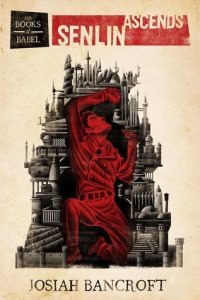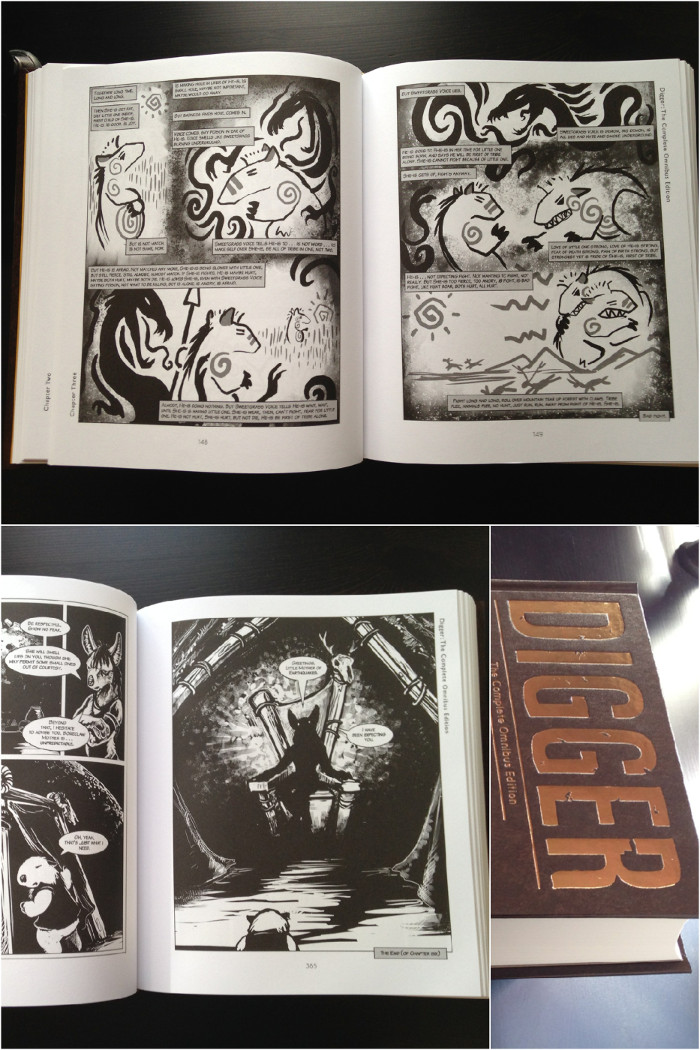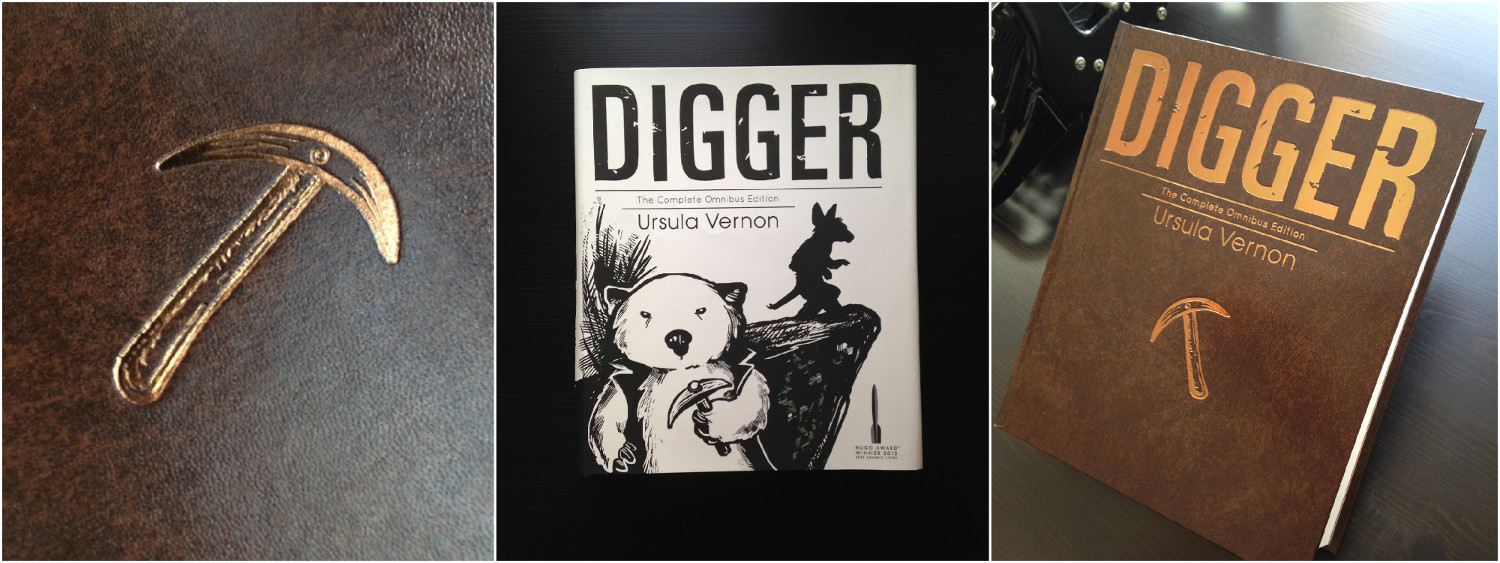What if it’s too early to write a love letter (because I haven’t experienced the whole thing I’m smitten with yet or because I’m not sure if the crush will last)? I confide in you, of course: just some quick thoughts about stories that charmed me recently, about small crushes you might want to check out.
That said, Thomas Senlin, protagonist of Josiah Bancroft’s debut novel Senlin Ascends, is no charmer. He is as stiff as a poker and as cringeworthy as a deer on ice. You expect him to crash and drown any moment, and you’re not sure if you will miss him all that much, because he is incredibly prim and mostly unlikeable. Then, magic happens. Senlin loses his wife in the crowds on the first day of their honeymoon voyage to the famed Tower of Babel, a sprawling mass of people and vastly different levels called “Ringdoms”. And he stays determined to find her against all odds and learns to navigate the Tower, his only aid a tourist guidebook turning out to be a complete failure in the course of the events. It is not so much that Senlin changes (although he does, of course), but that you come to appreciate his stiff and prim qualities (and the flashes of sly humor underneath), because they make for a quirky and unique journey upwards, ever upwards.
 Despite Senlin’s constant disillusionment and the grim observations about how the Tower wears down people and erodes even the last residues of morale, Senlin Ascends ends up to be a surprisingly upbeat tale. Maybe because it fails to be cynical, and it fails to be hopeless, although Senlin sure has reason for hopelessness at times.
Despite Senlin’s constant disillusionment and the grim observations about how the Tower wears down people and erodes even the last residues of morale, Senlin Ascends ends up to be a surprisingly upbeat tale. Maybe because it fails to be cynical, and it fails to be hopeless, although Senlin sure has reason for hopelessness at times.
At its heart, it is a tale of exploration, a journey into the unknown. The Tower is shrouded in mystery, and its inner workings are revealed only slowly, accompanied by some very clever twists and turns. Reading Senlin Ascends, I did realize I have a great fondness for stories showing me not one, but a series of worlds; a complete new society and environment at each level of the Tower in this case. (And I wonder, is there a name for this genre? Also found in Tad William’s Otherland, Gregory Frost’s Shadowbridge, or Philip José Farmer’s World of Tiers, among others.) But a series of worlds is nothing if you aren’t intrigued by the overarching connections, so let me tell you this: I can’t wait to read the next book!
And you, too, should enter the Tower of Babel in all its vastness and craziness and mysteriousness, and enjoy capable airship pirate ladies, a totally mad romp of a fight under the influence of drugs, and, equally thrilling, Bancroft’s beautiful prose and storytelling craftsmanship.


